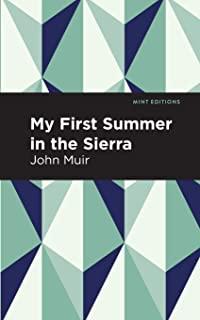
Dean, Patrick
product information
description
n of the naturalist Mark Catesby--who predated John James Audubon by nearly a century-- and his influence on how we understand American wildlife. In 1722, Mark Catesby stepped ashore in Charles Town in the Carolina colony. Over the next four years, this young naturalist made history as he explored deep into America's natural wonders, collecting and drawing plants and animals which had never been seen back in the Old World. Nine years later Catesby produced his magnificent and groundbreaking book, The Natural History of Carolina, the first-ever illustrated account of American flora and fauna. In Nature's Messenger, acclaimed writer Patrick Dean follows Catesby from his youth as a landed gentleman in rural England to his early work as a naturalist and his adventurous travels. A pioneer in many ways, Catesby's careful attention to the knowledge of non-Europeans in America--the enslaved Africans and Native Americans who had their own sources of food and medicine from nature--set him apart from others of his time. Nature's Messenger takes us from the rice plantations of the Carolina Lowcountry to the bustling coffeehouses of 18th-century England, from the sun-drenched islands of the Bahamas to the austere meeting-rooms of London's Royal Society, then presided over by Isaac Newton. It was a time of discovery, of intellectual ferment, and of the rise of the British Empire. And there on history's leading edge, recording the extraordinary and often violent mingling of cultures as well as of nature, was Mark Catesby. Intensively researched and thrillingly told, Nature's Messenger will thrill fans of exploration and early American history as well as appealing to birdwatchers, botanists, and anyone fascinated by the natural world.
member goods
No member items were found under this heading.
Return Policy
All sales are final
Shipping
No special shipping considerations available.
Shipping fees determined at checkout.







